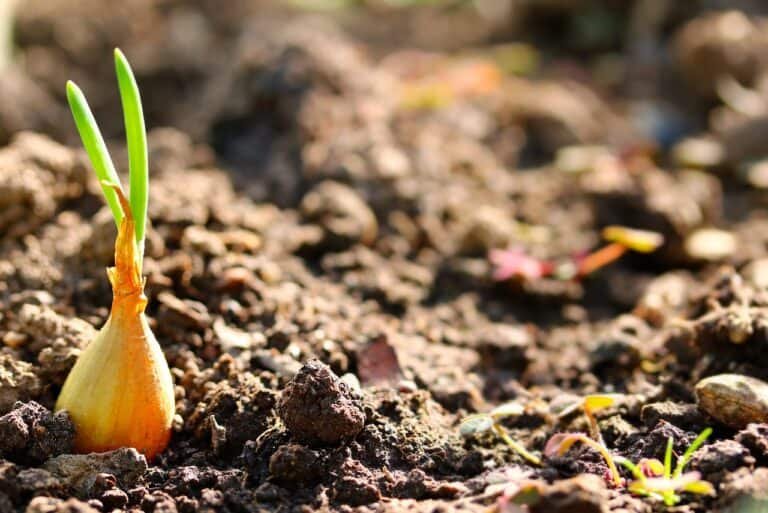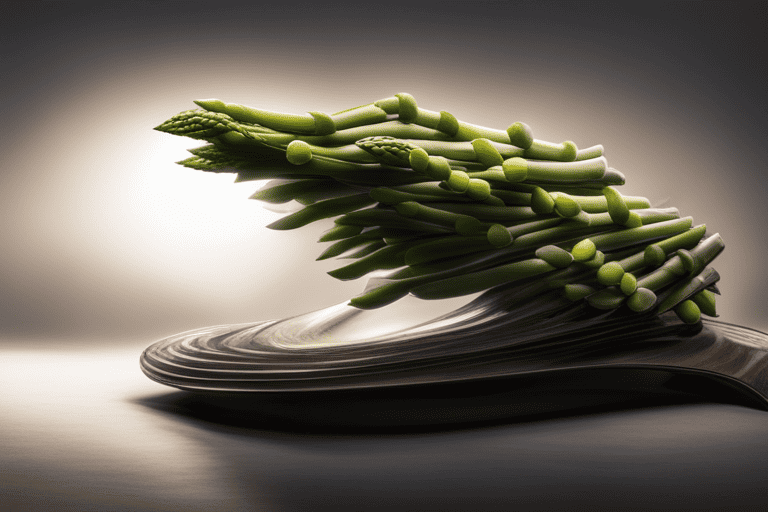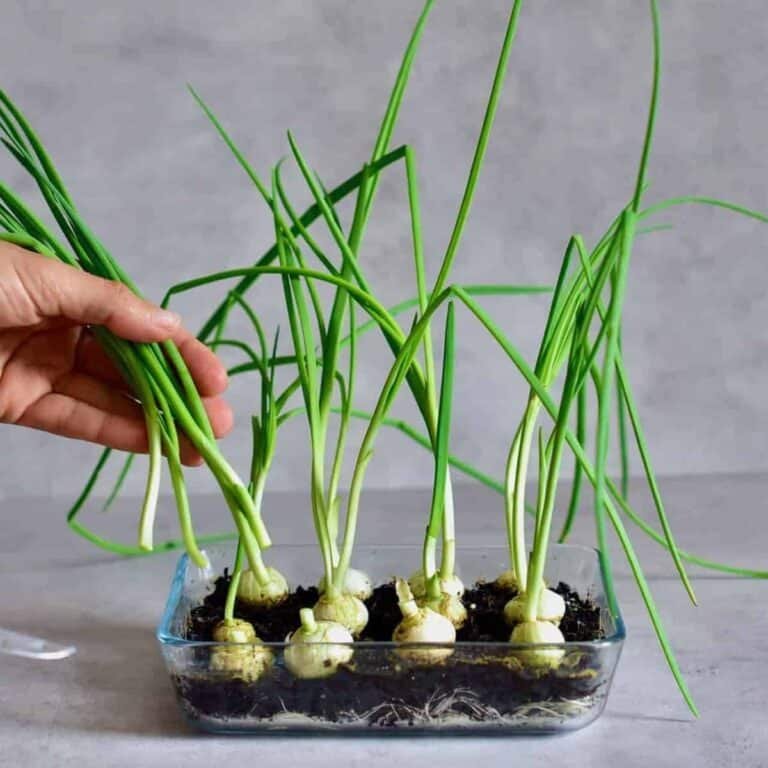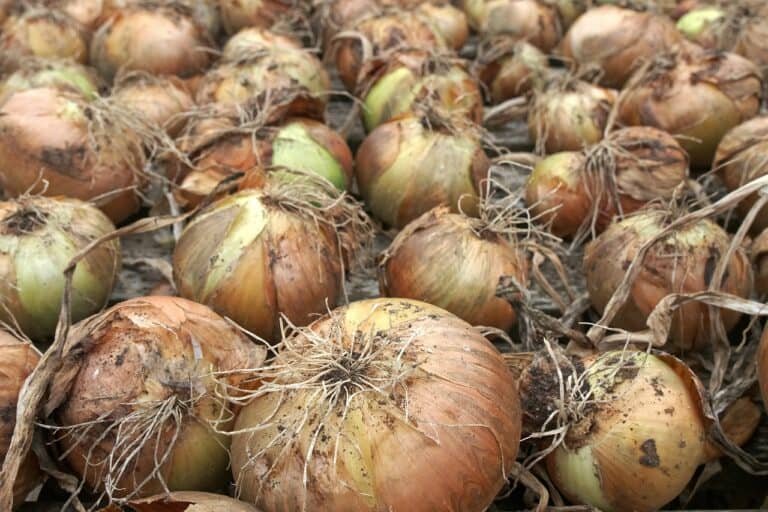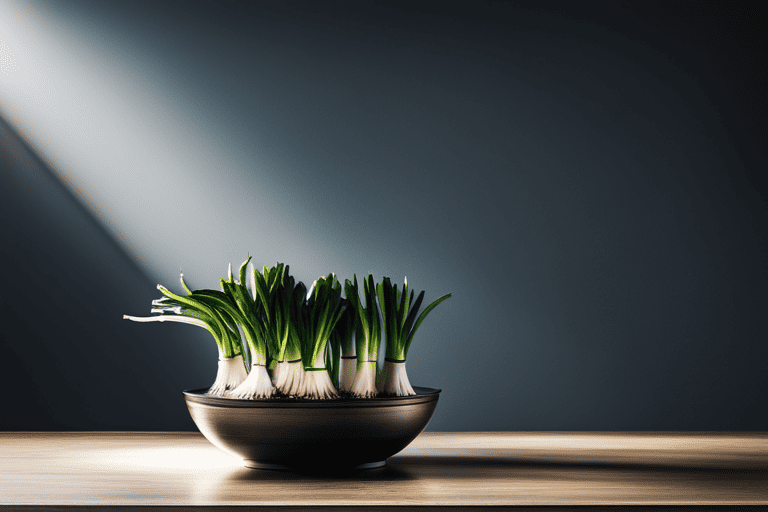Spring onions are a versatile and flavorful addition to many culinary creations, but have you ever wondered about the secrets behind their successful cultivation? In this article, we delve into the enigmatic world of spring onion growth and explore the various stages that contribute to a bountiful harvest.
From seed germination to bulb formation, understanding these key milestones will not only empower aspiring gardeners but also deepen our appreciation for these vibrant green vegetables. So join us on this enlightening journey as we unlock the mysteries of spring onion growth and discover the true artistry required for cultivating these extraordinary plants.
The Germination Process: From Seed to Sprout
The germination process is a crucial stage in the growth of spring onions, as it sets the foundation for a successful cultivation journey. It begins with the planting of seeds in well-prepared soil, ensuring proper moisture and temperature conditions. Over time, these small seeds absorb water and nutrients from the surrounding environment, triggering biochemical reactions that lead to sprouting. As they emerge from the soil, delicate shoots appear aboveground, ready to develop into mature plants.
Once the seedlings have emerged, their growth continues at a rapid pace. With ample sunlight and regular watering, these young plants establish stronger root systems and grow taller. As this happens, leaves start to form on each shoot while simultaneously absorbing light energy through photosynthesis – an essential process for plant development. Through this transformational journey from seedling to sprout, gardeners witness firsthand how careful nurturing leads to flourishing spring onion crops.
Understanding the stages of successful spring onion cultivation not only helps aspiring gardeners but also enhances our appreciation for nature’s wonders. The enigmatic world behind their vibrant green appearance unveils fascinating secrets about life cycles and botany processes alike. By unraveling these mysteries together while exploring each milestone along the way – from seed germination to bulb formation – we can unlock all aspects involved in producing an abundant harvest of these versatile vegetables.

Nurturing the Seedlings: Providing Optimal Growing Conditions
Nurturing the seedlings of spring onions and providing optimal growing conditions is essential for a successful harvest. The journey begins with seed germination, where proper watering and temperature control are crucial factors. Adequate sunlight is also necessary for the seedlings to flourish.
As the plants develop, thinning them out ensures enough space for each bulb to grow fully. It’s important to provide regular watering and ensure that the soil remains moist but not waterlogged. Fertilizing with nitrogen-rich compost or organic fertilizers can promote healthy growth and contribute to robust bulbs.
Additionally, protecting the crop from pests and diseases is vital in cultivating thriving spring onions. Employing natural pest control methods such as companion planting or using insecticidal sprays made from organic ingredients can safeguard against potential threats.
In conclusion, nurturing spring onion seedlings requires attention to several key aspects: appropriate watering, sufficient sunlight, thinning out overcrowded plants, fertilizing adequately, and protecting against pests and diseases. By providing optimal growing conditions throughout their various stages of cultivation, aspiring gardeners can enjoy a bountiful harvest of these versatile and flavorful vegetables in their own backyard.
Leaf Development: Unveiling the Growth of Green Foliage
Leaf development is a crucial aspect of plant growth, and understanding the process can help gardeners cultivate successful crops. The growth of green foliage begins with seed germination, where the embryo within the seed awakens and starts to sprout. As the small plant emerges from the soil, it develops its first set of leaves known as cotyledons. These initial leaves provide nourishment to sustain further growth until true leaves form.
The subsequent stages of leaf development involve an intricate process called photosynthesis, where plants convert sunlight into energy. This energy enables them to produce more leaves and grow stronger stems. As leaves mature, they become larger, develop distinct shapes, and assume their characteristic green color due to chlorophyll production.
Overall, understanding leaf development in plants like spring onions not only enhances our gardening skills but also deepens our appreciation for nature’s remarkable ability to transform a tiny seed into lush green foliage.
Root Formation: Anchoring the Foundation for Strong Plants
Root formation is a crucial stage in the growth of plants, including spring onions. It involves the development of a strong and healthy root system that anchors the plant and allows it to absorb water and nutrients from the soil. During this process, specialized cells in the plant’s root meristem divide and differentiate, giving rise to primary roots that grow downwards into the soil.
The formation of roots begins with seed germination when moisture triggers biochemical pathways within the seed that initiate cell division and elongation. As the plant emerges from the ground, it develops primary roots which branch out to form secondary roots. These branching roots significantly increase surface area for nutrient absorption, ensuring optimal uptake of essential minerals.
A well-developed root system is vital for sustainable plant growth as it provides stability against environmental stresses such as wind or heavy rain and enhances overall plant health. By unraveling the mysteries behind root formation in spring onion cultivation, we can optimize growing conditions and improve both quality and yield.
Bulb Development: Understanding the Formation of Spring Onion Bulbs
Bulb development is a crucial aspect of spring onion growth, and understanding its formation can greatly impact successful cultivation. The process begins with seed germination, where the seeds are planted in favorable soil conditions and provided with adequate water and sunlight. As the seedlings grow, they develop leaves and establish their root system, preparing for bulb formation.
Once the spring onions reach a certain stage of growth, bulb initiation occurs. This is facilitated by factors such as temperature and day length. During this phase, a small bulge forms near the base of each plant, eventually expanding to create a bulbous structure that stores nutrients for future growth.
By unraveling the secrets behind bulb development in spring onions, we gain insights into their growth cycle and can enhance our gardening techniques. From providing optimal growing conditions to recognizing key milestones like bulb initiation, we can promote healthy plant development and ultimately enjoy a bountiful harvest of these flavorful vegetables.
Flowering and Seed Production: Exploring the Reproductive Cycle
Flowering is a crucial stage in the reproductive cycle of spring onions. During this process, the plant produces flowers that contain both male and female reproductive organs. These flowers rely on pollination to produce seeds, which will eventually lead to the growth of new plants. Successful flowering is influenced by various factors such as temperature, sunlight exposure, and soil conditions.
Seed production follows the flowering stage and plays a vital role in the cultivation of spring onions. Once fertilization occurs through pollen transfer, seeds start to develop within the flower. It is essential to allow these seeds to fully mature before harvesting them for future planting. This ensures optimal viability and increases the chances of successful germination and growth when they are sowed in suitable conditions.
By understanding these stages of spring onion growth – flowering and seed production – gardeners can effectively cultivate healthy plants with abundant harvests. Whether it’s ensuring proper pollination or waiting for seeds to reach maturity, unlocking these secrets deepens our knowledge of successful cultivation techniques while also fostering appreciation for these versatile vegetables’ natural life cycles.
Harvesting and Storage: Tips for a Successful Yield
Harvesting and storage are crucial steps in ensuring a successful yield of spring onions. To achieve optimum flavor and texture, it is recommended to harvest the spring onion when the tops have reached their desired length, usually around 6-8 inches. Carefully loosen the soil around the base of the plant and gently pull it out by gripping its lower end. Avoid damaging the roots as this can affect future growth.
After harvesting, proper storage is essential to maintain the freshness and quality of your spring onions. Before storing, remove any outer layers that may be discolored or decayed. Trim off any excess greens but leave about an inch attached to the bulb to preserve flavor. Spring onions can be stored in a cool, dark place such as a refrigerator crisper drawer for up to two weeks. Alternatively, you can opt for freezing them by chopping into small pieces and placing in a freezer bag or container.
Understanding these tips for harvesting and storage will not only help ensure a bountiful harvest but also enable you to enjoy flavorful spring onions throughout their season and beyond.

